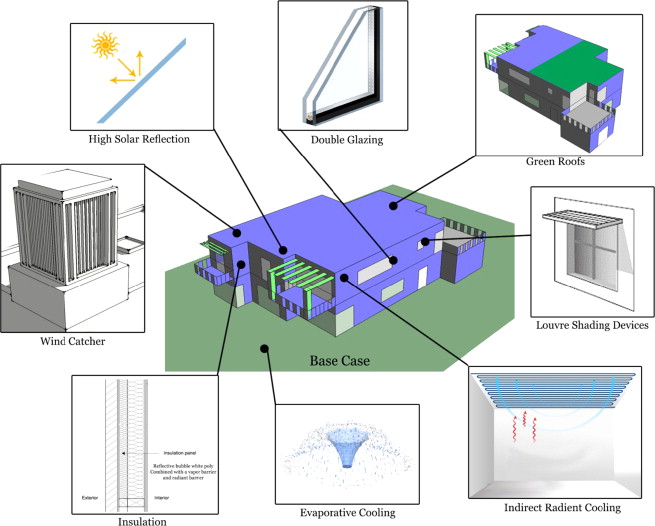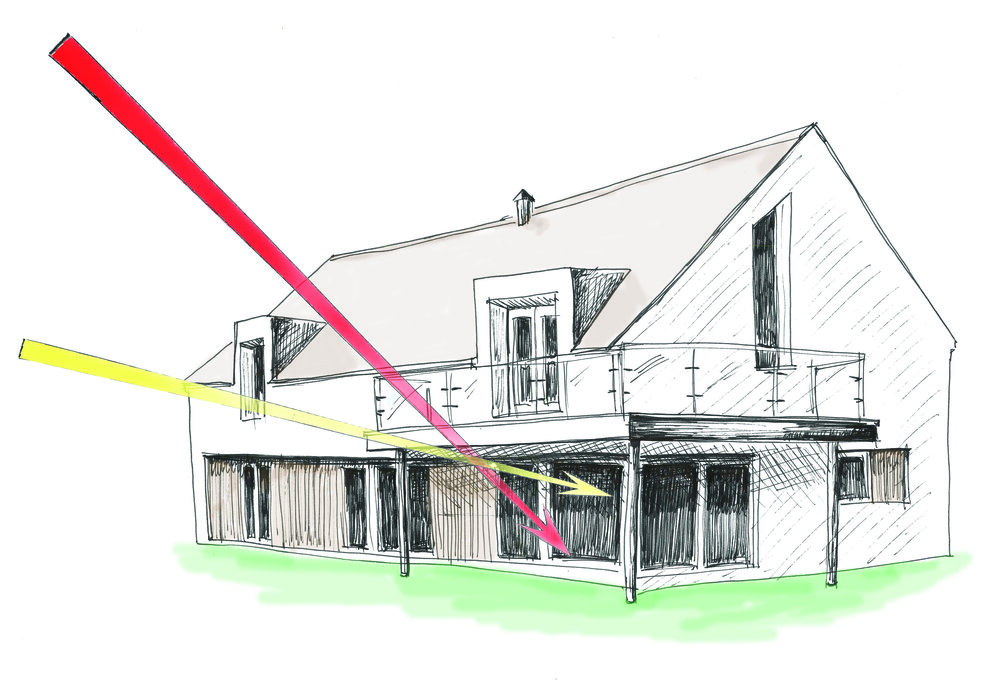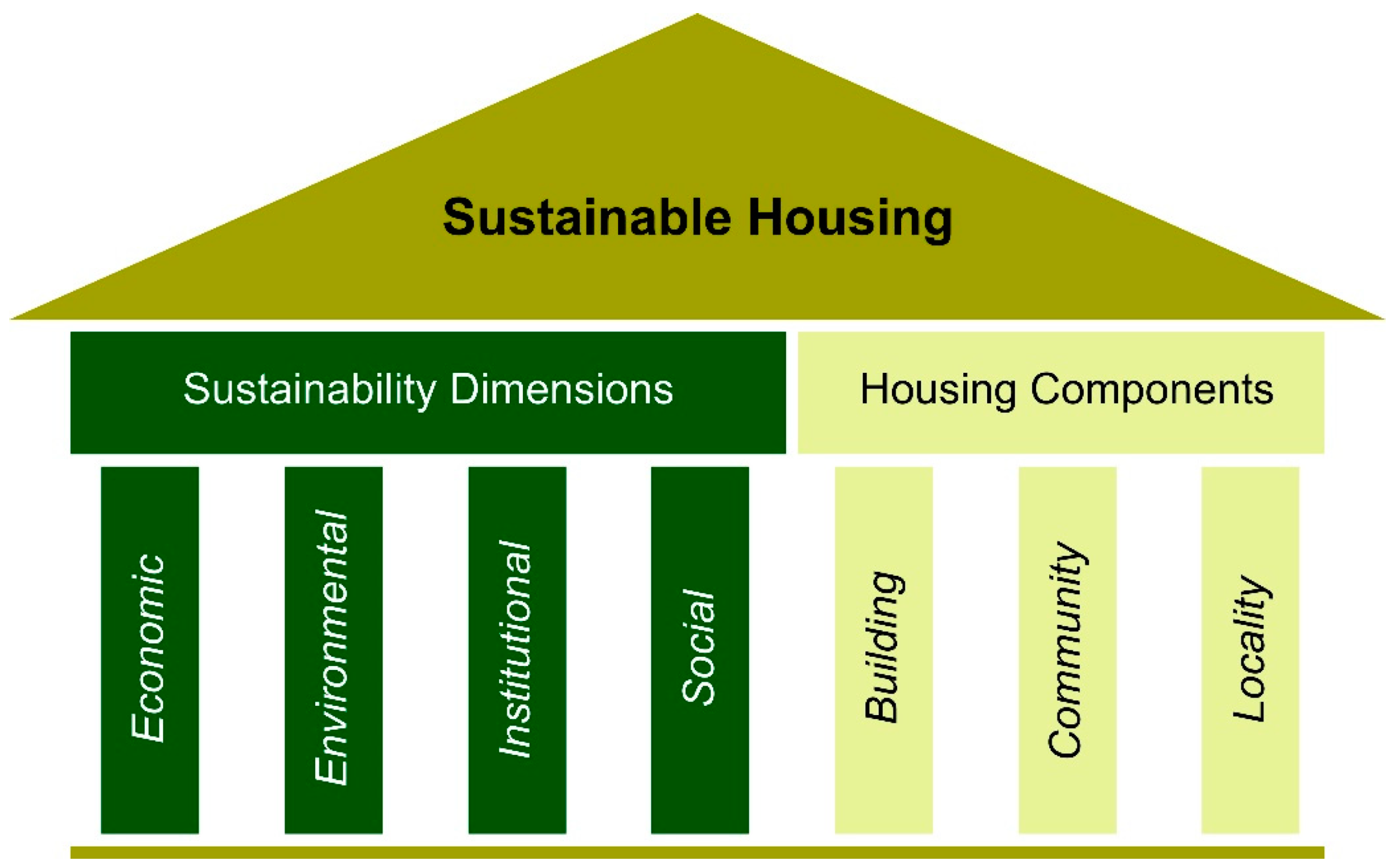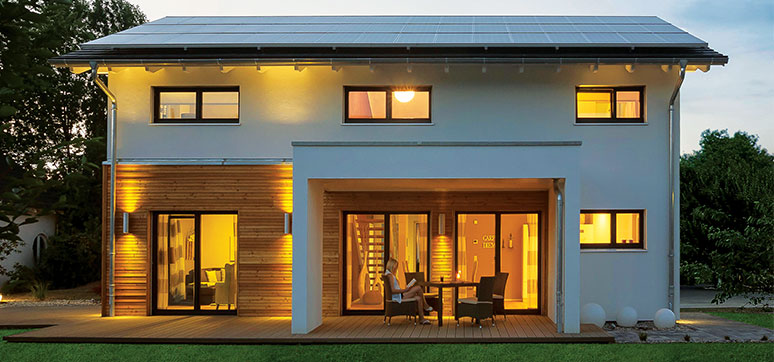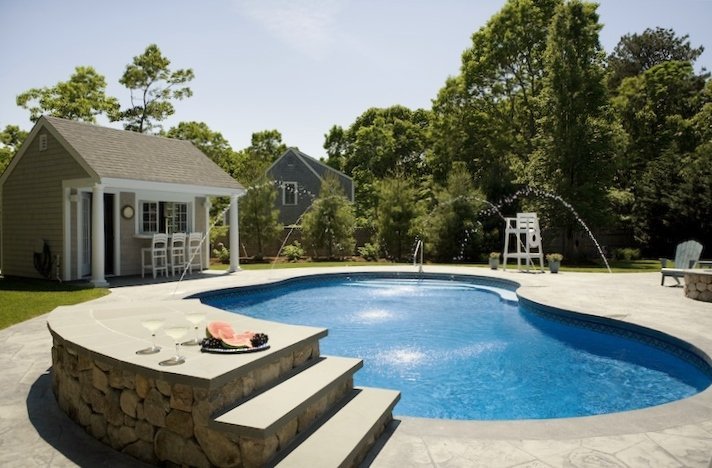Savings in energy consumption and therefore in bills is one of the main advantages of a Passive Houses Home compared to one that is not.
Economic savings, the main motivation of Passive Houses users
A house with certified Passive Houses certification is a house built under the highest standard of quality and energy efficiency in construction. This mainly means that people live in this type of house with a very high degree of comfort. With constant temperature and optimum humidity level.
At the same time, in this type of nearly zero-consumption housing, the fact that it has been built very well is essential. That is, with a very high degree of insulation and tightness. Because in this way, Passive Houses have other advantages. One of the most important or known is the low consumption and therefore the great energy savings in Passive Houses.
This means that a large part of the “blame” for the enormous success and claim that these types of high-efficiency houses are having is the savings inherent in Passive Houses. In energy consumption and therefore in savings in bills later for maintenance.
Passive Houses elements that allow this saving
All solutions and elements required by the standard for a Passive Houses home are aimed at greater energy efficiency of the house. And this is directly related to lower energy demand. Which results in greater savings in Passive Houses.
1. Orientation and protection and glass
The architectural design or the shape factor of the house influences its energy performance. Likewise, the best use of the conditions of the plot in terms of orientation and solar radiation are essential for us as Passive Houses architects when designing a home.
We will always be interested in opening holes to the south to gain solar capture and heat the house when we are interested. Which gives us free energy. But at the same time it will be necessary to protect those same glasses when the radiation is excessive depending on the time of year. And for this it will be necessary to design and provide solar protection in passive housing.
2. Thermal insulation and air tightness
In a Passive House, the insulation and airtightness reduce energy losses to a minimum. In this way, only energy enters or leaves the outside through the places that have been designed for it. And it is that the less losses, the more savings Passive Houses.
3. High efficiency air conditioning
And once we have a well-insulated and hermetic Passive Houses home, we must have air conditioning installations that allow us to reach the comfortable interior temperature. They will have to work less than in a traditional home because the demand is lower. But at the same time they must be efficient systems to contribute to lower consumption and greater Passive Houses savings.
The most widespread system today in a Passive House is Aero thermal, which is capable of air conditioning the house in a very efficient way. Either through under floor heating or cooling and/or fan coils.
It is important to emphasize that aero thermal energy allows these Passive Houses homes to only need a single type of energy, which is electricity. In addition to not depending on fossil fuels such as gas or diesel, electricity allows the transition to clean energy consumption by choosing suppliers with renewable sources. Or integrate renewable energies such as photovoltaic panels into the home itself.
At the same time, having a single invoice implies fewer fixed terms, taxes and maintenance that also contribute to greater savings.
4. Heat recovery
In Passive Houses homes, mechanical ventilation is highly energy efficient through a heat recovery unit.
This makes the air flow and the exchange between the interior and exterior very efficient. With lower energy consumption and therefore greater savings.
5. Energy efficient appliances and LED lighting
It is very important in any home and essential in a Passive Houses home. Have electrical appliances with great energy efficiency. All this to generate less heat and at the same time consume less energy.
Other advantages of the Passive Houses standard apart from savings
In addition to direct savings due to lower energy demand or lower consumption due to greater energy efficiency, Passive Houses have other important advantages.
1. The air in our home is filtered
And it is that the heat recuperator, in addition to exchanging the air between outside and inside efficiently, filters the air in our home. In this way it is possible to improve the quality of the interior air of a Passive Houses house, which contributes to a greater sensation of comfort.
2. In addition to being efficient, a Passive Houses can (and should) be beautiful
The design should not be at odds with energy efficiency. And it is that a Passive Houses can be a designer home, beautiful, as well as functional and efficient.
3. Quality and safety
A Passive Houses home is more efficient because it is better built (more insulation and tightness) and because it has better solutions and materials (better windows and installations). This also makes it a safer home, with safer enclosures and safer doors and windows.
How much can the savings in a Passive Houses house mean?
For all the reasons that have been exposed, it is easy to calculate that we are talking about very important energy and economic savings. Firstly because a Passive Houses house needs less energy to achieve comfort conditions, and secondly because it uses more energy efficient systems.
It depends on whether we compare the energy savings of a Passive House compared to a traditional house built today or already existing, we obtain some values or others comparing them. But we can talk about energy savings of 3 or 4 times higher in a Passive Houses house compared to a traditional one.
In short, is it worth investing in a Passive Houses home?
In addition to contributing to a more sustainable construction and with less consumption of natural resources, a Passive Houses presents direct benefits to its owners in terms of comfort and economic savings on bills.
Normally we talk about larger homes that entail more demand and consumption simply because they have a larger area. This makes it especially important that they are easier and less expensive to maintain throughout their useful life.
In addition, they are projects that we think about for many years to come, so although they have a higher initial cost; it is an investment that soon pays for itself over the years.
On the other hand, and now that we are more aware and exposed to increases and changes in the price of energy, having a home with low demand means that we reduce our dependence on external energy. This will always lead to greater energy savings.




